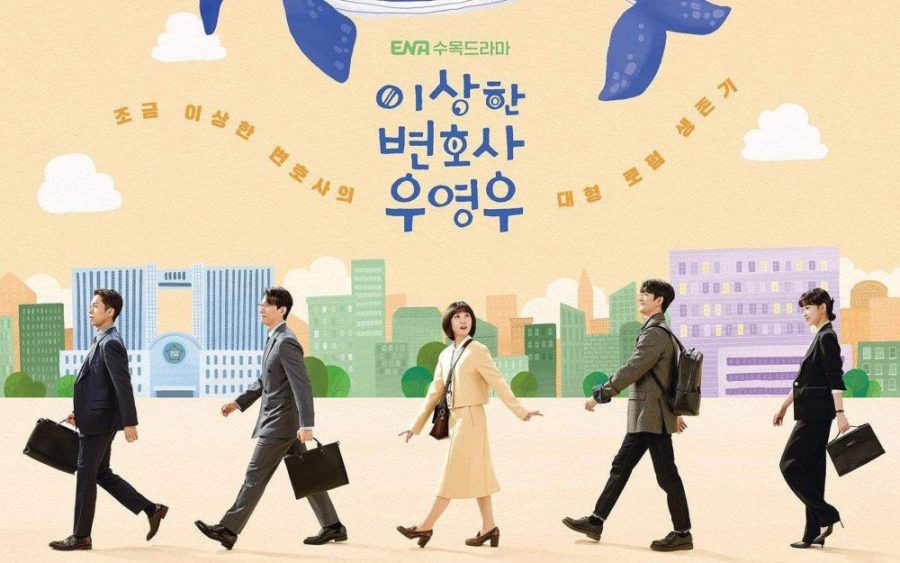“Extraordinary Attorney Woo” receives mixed feedback on its depiction of autism
Korean drama series “Extraordinary Attorney Woo” premiered July 29. Woo Young Woo, the main character, goes through various hardships trying to become a lawyer in a society biased against autism.
The show reached global attention for its unique plot, quickly ranking first on Netflix South Korea and third globally.
One of the reasons for the show’s popularity was Woo’s photographic memory, an effect of the savant syndrome, a rare disorder where she has reduced intelligence or emotional range while having great talent in one subject.
Despite its popularity, critics argue that the drama hurts the autism and savant syndrome community by spreading misinformation about the disorders.
Autism is often confused with savant syndrome, and the show could further this misinformation. Only a small fraction of autistic people amongst those with other disorders have savant syndrome. The common misconception is that all autistic individuals have the savant syndrome.
“At first, I wasn’t fully educated on what autism is, so when I first viewed the drama, I wrongfully believed that all autistic people would be like Woo,” Kaylee Kim (10), a viewer, said.
Critics also emphasize the wide-reaching impact the show has. Since the show has been a global hit, many people worry about the misunderstanding spreading to an even larger audience.
In addition, many autistic people believe that the drama doesn’t correspond to their realities.
Some of the members of the autistic community were quick to point out that the depiction of autism was too commercialized. Woo has certain behaviors characterized by remarkable phrases like “Woo to the Young to the Woo ” and her cute behaviors.
Nonetheless, the drama has some truthful depictions like counting in front of a door before entering a new space, but her exceptional abilities and usual speaking ability are far beyond most autistic people.
At the same time, proponents of the show report the large-scale media exposure to disabilities like autism as a positive effect. “I definitely understand the perspective of people who think it could increase harmful or inaccurate stereotypes if we show autism on television, and when people in the autism spectrum community speak up about that we should listen. But, it seems to me that when so many people know so little about ASD, any chance to educate and increase awareness is a good thing.” Chris Bracciano, an AP Psychology teacher, said.
Supporters view the popularity of the show as giving an opportunity to raise awareness.
“Though there might be some inaccurate representations of autism, by including phrases like ‘autism spectrum is a disorder with many levels,’ the drama spreads awareness while keeping the entertainment value,” Dominic Hahm(10), a supporter of the drama, said.
“The depiction of autism as a spectrum with an especially wide range of different behaviors is accurate.” Mr.Bracciano said.
Kim Jung-hoon, another autistic character, displays a more truthful account of autistic symptoms, in stark contrast to Woo’s dramatized behavior.
The character is unable to properly communicate or live properly in society. In an attempt to communicate in the show, he repeats one specific word or action. Also, sometimes he shows short outbursts of anger or annoyance.
These behaviors show a direct comparison with Woo. She shows much intellectual ability and, in this episode, finds a breakthrough in the case.
This difference between two autistic characters adds on to the representation of autism as a spectrum. The drama might focus on the main character with special abilities, but the show also tries to emphasize the existence of autism as a whole.

